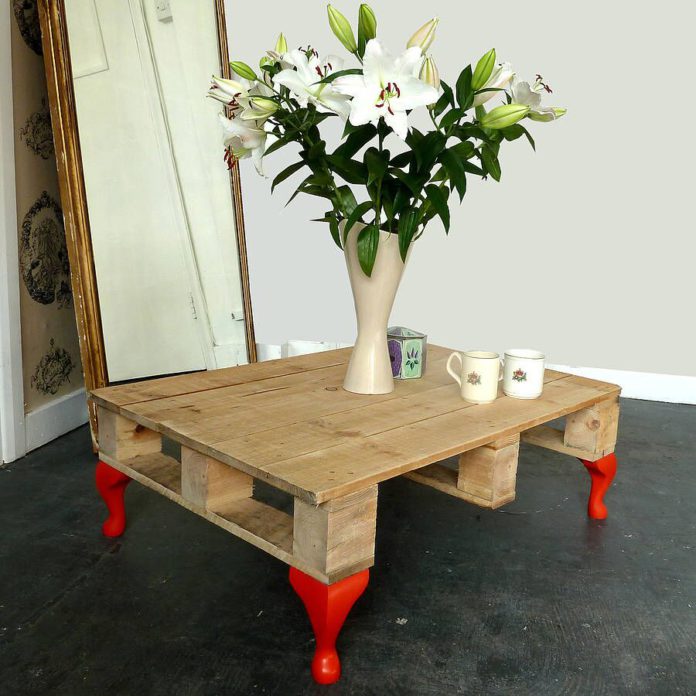
UPCYCLING is all about getting thrifty and doing something hands-on, either as a way to save money or as a form of artistic therapy.
Upcycling may sound like a daunting word to some, but it covers all manner of projects; from the small, such as simply painting a picture frame, to the large, like rebuilding a piece of furniture or reupholstering an armchair.
It allows you to create something unique that fits in with your taste and style, and add character to your home with handmade charm.
Here’s how to get started
If you don’t already have a favourite piece at home to use, check out local charity shops and car boot sales to find a project to work on.
Be careful to look out for the tell-tale signs of damage when purchasing your piece, as it can difficult to tell the condition of older pieces.
Check the wood for any small holes as this could be a sign of woodworm which is tricky to treat and will destroy the piece over time.
Look for any broken parts—whether that be a cracked shelf inside a cabinet or a wobbly leg on a dining chair—and decide how easy it will be to fix and whether you have the knowledge and skills to do so.
Choose the correct grain of sandpaper depending on your surface—a fine grain will be suitable for a quick rub down if the wood is in good condition, but you may need a medium or very abrasive grain if old paintwork needs to be removed.
Primer can be coated over most surfaces to give it a smooth finish that paint will adhere to evenly and is recommended for projects involving painting over woods or metals, which paint can sometimes struggle to fix to and can later flake off.
Furniture or chalk paints are perfect for adding colour to your piece and they come in a wide range of shades for you to choose from.
Some furniture paints don’t require a primer underneath and so can be applied directly to most surfaces to help save time and effort.
To add decorative touches to your piece, consider using a stencil to apply a pattern or motif in a different coloured paint.
Stencils can either be bought or made by hand using acetate if you’re after a unique design. Apply paint to the area to be stencilled using a soft foam pad and build up the paint gradually in thin layers for a neat finish.
To achieve a distressed, vintage-inspired look, why not use fine sandpaper to remove parts of the new paintwork and expose the woodwork below?
Do this along the edges of the furniture and over any panelling to make the effect look realistic.
To make your furniture durable and hardy for use in the home, complete the project with a layer of wax or varnish.
Waxes can be applied in different colours depending on the wood you’re covering—a dark wax is perfect for mahogany and walnut woods, or go for a clear soft wax for painted furniture. Remember to buff the wax once it has dried to give the piece a subtle sheen.








